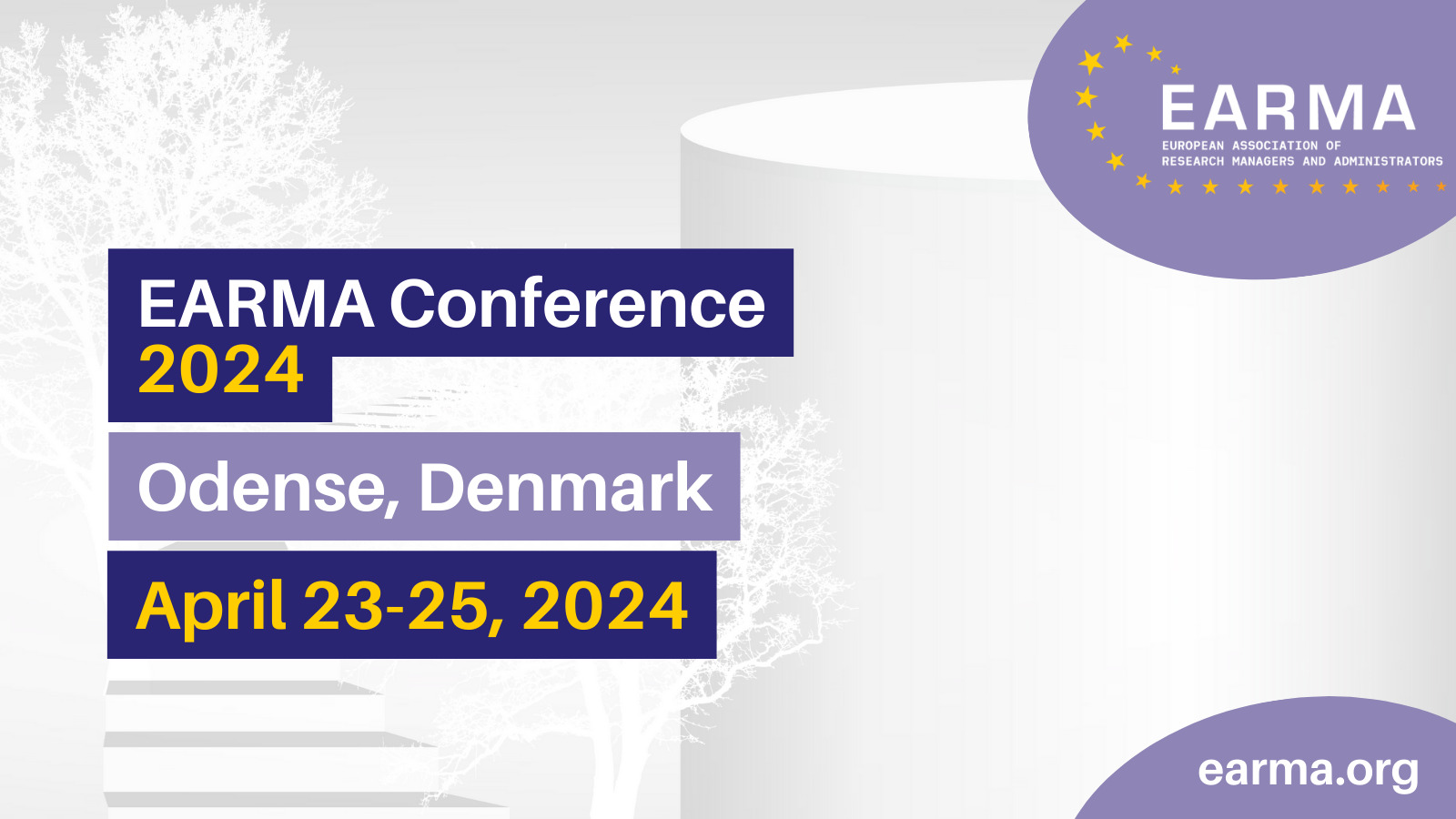The CODE PLAN
Organizational evolution plan "CODE PLAN" at ISGlobal, Barcelona
Conference
Format: Pecha Kucha
Topic: Professional and Career Development
Abstract
Creating an Evolving Institution to Tackle Scientific Questions through a transversal and comprehensive approach
In today's rapidly changing environment, scientific institutions must evolve and adapt to meet new challenges and provide comprehensive, multidisciplinary solutions to complex questions. This requires a deliberate focus on organizational architecture, fostering a culture that values people and teams, and addressing key factors like succession policy, leadership models, autonomy and trust, internal communication, and healthy work environments.
We have worked in three levels of action:
1.- Organizational Architecture:
Remodeling Key positions and Succession Policy: Developing a robust succession policy is crucial to ensure continuity in leadership and expertise. Establishing clear guidelines for identifying and nurturing emerging talent is essential for organizational sustainability.
Working in decentralized governance and network configuration in order to organize in an efficient way the decision making process.
2.- Culture and values
Distributed Leadership Model: A well-defined leadership model that encourages innovation, collaboration, and accountability is vital for guiding the institution towards its goals. Adaptive leadership that can pivot in response to changing circumstances is particularly valuable.
Take advantage of collective intelligence to obtain better and more robust responses.
Internal Communication: Effective internal communication is the backbone of any successful organization. Clear channels for communication and information sharing ensure that all team members are aligned with the institution's mission and goals.
3.- People and teams
Healthy Work Environments: A healthy work environment, both physically and mentally, is essential for employee well-being and productivity. Prioritizing factors like work-life balance, mental health support, and physical workspace ergonomics can contribute to a thriving workforce and is a key factor to attract and retain talent.
Autonomy and Trust: Empowering employees with autonomy and fostering a culture of trust are essential elements in promoting creativity and problem-solving. When individuals feel trusted, they are more likely to take risks and drive innovation.
By integrating these key elements into the organizational structure and culture, scientific institutions can position themselves to excel in an ever-changing world, effectively addressing complex scientific questions, and continuing to make valuable contributions to their fields.

